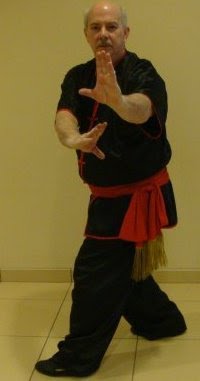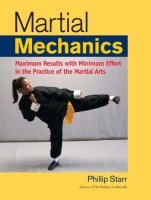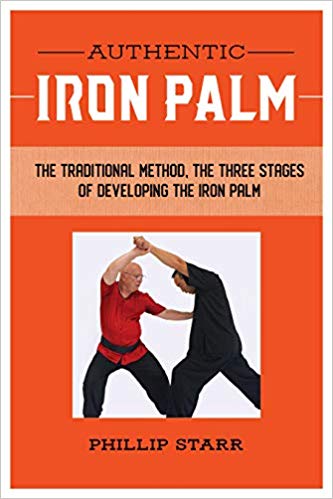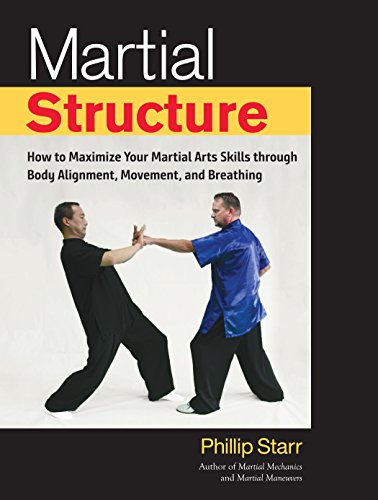By Phillip Starr
Consider; there must come a time when, in any given style, there are no more techniques to learn. There are no more forms. If a student stays with it long enough, he'll eventually reach this point in his training. And some will ask, “What's next?” Some will assume that they've finally “learned it all” and look for another teacher. Theirs will be a shallow art. Perhaps they will find a new teacher and begin again. Little do they suspect that this is exactly what they would do if they remained in my class; they would go back to the beginning and start over. However, if they'd been paying attention and developing as they should have, they'd see things from a completely new perspective.
For instance, once a student has reached the level of first-grade black belt I tell him that he must learn how to punch. This usually evokes considerable surprise. “I have to learn how to...punch?”, the student asks.
“Yes”, I answer. “Up to this point, you have been developing proper coordination and learning how to make the larger movements. Now you must learn to make the movements smaller and learn how to properly apply the technique.”
Little does the student suspect that once he learns to do these things, he will begin all over again. He must learn to condense all of the movements; he must make everything very small, as it were. And so it goes, on and on. We go full circle only to repeat the process over and over.
There is much more to these cycles of learning than students imagine. It is a process of polishing which, when you consider the meaning of the word, involves removing what is unnecessary. Some students try to enter into this stage much too early. The first cycle involves the construction of a “rough sketch”, so to speak. Once the initial image has been formed (which usually requires some considerable time) the polishing process may begin. However, the first stage of polishing involves the gross, outer movements. Once they have been refined, the subtle internal movements must be further distilled. The process can't be hurried lest the entire cycle be for nothing.
Moreover, the process of burnishing the technique is only a part of the whole operation. It is but one cycle and as I stated earlier, once one cycle has been completed another begins. When the technique has been adequately refined, the method(s) of application must then be further distilled. I see the young lady in the back waving her hand wildly. You ask if the processes of refining the technique and its application can be done at the same time? No, they can't. That'd be akin to trying to drive a race car before work has been completed on the engine. Don't be in a hurry.
And while you're working hard at polishing and distilling your technique, consider the effects this will have on your forms! No, the outer movements won't change but the way your kata feels will certainly be different. To the novice, your forms will look much the same as it always has but the subtle differences will be readily visible to those with eyes to see.
Ultimately, you must “forget” everything. This isn't to say that you should toss your technique and forms out the nearest window. Rather, you must train them until they become a part of you. You continue to practice them but you needn't struggle to remember what movement comes next. Some say that you have become the art. I disagree. You don't become the art, nor does the art become you. Such statements are indicative of separation; there's a “you” and the “art.” When you have truly internalized the art there is no longer a separation. It's like the fertilization of an egg; initially, there's an unfertilized egg and a sperm cell. They exist separately. Once they join, there is no longer an “egg” or a “sperm.” There exists a new creature. A new life. Thus, one plus one no longer equals two.
And then as you begin your new life, you start out as a beginner. Again.







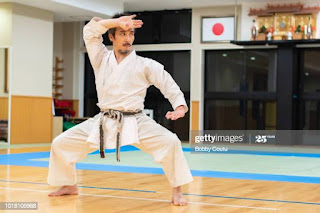








.jpg)













.jpg)

























